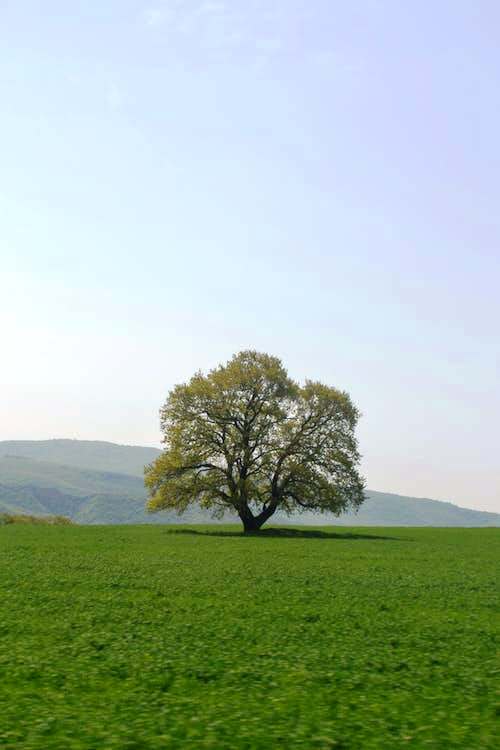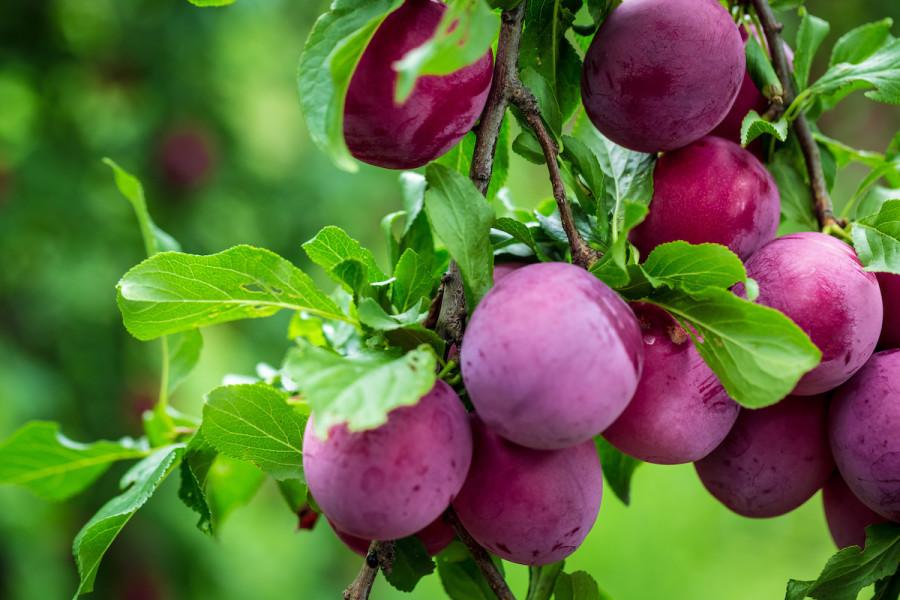The hydrangea is a robust and adaptable plant. It likes shade, but also grows well in the sun. It lives in almost any type of soil and requires only a regular supply of water and good drainage. It does not fear the cold of winter and can even withstand up to seven degrees below zero. In short, the hydrangea is the perfect plant! If you were born with black thumbs, or if you’re taking baby steps into gardening, hydrangea could be a great start for you and bring you great satisfaction in terms of yield and aesthetics.
So here are our tips and tricks for growing and caring for hydrangea, a beautiful vintage flower that beautifies any corner, both on the ground in the garden and in pots.
Growing Hydrangeas
Hydrangeas like shade, although they do not mind morning or evening sun. In any case, it is best to fix them during the hottest hours of the day, especially in the summer, to prevent direct sunlight from damaging the leaves and flowers.
As we said, all varieties are frost resistant and are considered in all respects hardy plants. However, watering is very important, which should be abundant and regular, being careful of water stagnation that can compromise the root system. The ideal soil is moist, sufficiently clayey and rich in organic substances.
Fertilizer is necessary for these flowers and the best time to give it to the plant is at the end of winter: spread it on the soil and then incorporate it with a small hoe to make the soil richer.
Different Varieties of Hydrangeas
There are several varieties of Hydrangea, which differ, albeit slightly, in their characteristics and culture.
Hydrangea Arborescens
This is a hardy shrub with an average height of 1.5 m. Its flowers open from summer to autumn, making this plant a long-standing decorative species that is very well suited to exposure and substrate.
Hydrangea Paniculata
This variety of hydrangea has white or pink flowers that can grow very large (3-5 meters), but you can decide to control their size with pruning. It is a species particularly resistant to low temperatures.
Hydrangea Quercifolia
These are plants native to North America, with lobed leaves that take on very warm fall colors, as do the stems during the winter. The flowers can reach up to 2 meters in height.
Hydrangea Serrata
It comes from Japan and has small dimensions. It is decorative for its elegant flowers with bright colors that explode from a chromatic point of view, especially in autumn. Perfect for those who want a garden that is always colorful even when winter approaches. Blue hydrangeas are part of this variety.
Climbing Hydrangea
There is no single species of climbing hydrangea. These varieties are distinguished by their posture and by the fact that they are able to climb thanks to small suckers. They are an excellent flowering alternative to ivy, but also to the American vine. The flowers are white and do not require a lot of maintenance, even if you have to be patient for at least a few years to see their real vigor.
Originating from the Far East, China and Japan, Hydrangeas are very appreciated for the beautiful ornamental effect given by their flowers. These splendid plants can be used to embellish and decorate different types of environments, both indoors and outdoors. In particular, the climbing hydrangea can be used to fill the trunks of trees with a beautiful aesthetic effect very suggestive or to decorate gates or fences and also to frame the entrance doors, color the pergolas or the gazebo.
The Meaning of the Hydrangea
The names of flowers and plants always hide interesting and fascinating stories… and even the Hydrangea is no exception. It seems that in 1700, a famous naturalist named Philibert Commerson, made a trip to the East in search of new plants to study and returned to Europe with some species of Hydrangea. Some time later he began a love affair with a girl named Hortense Lapaute and for this reason he chooses to name the discovered plant with the name of her beloved. Very romantic, isn’t it?





